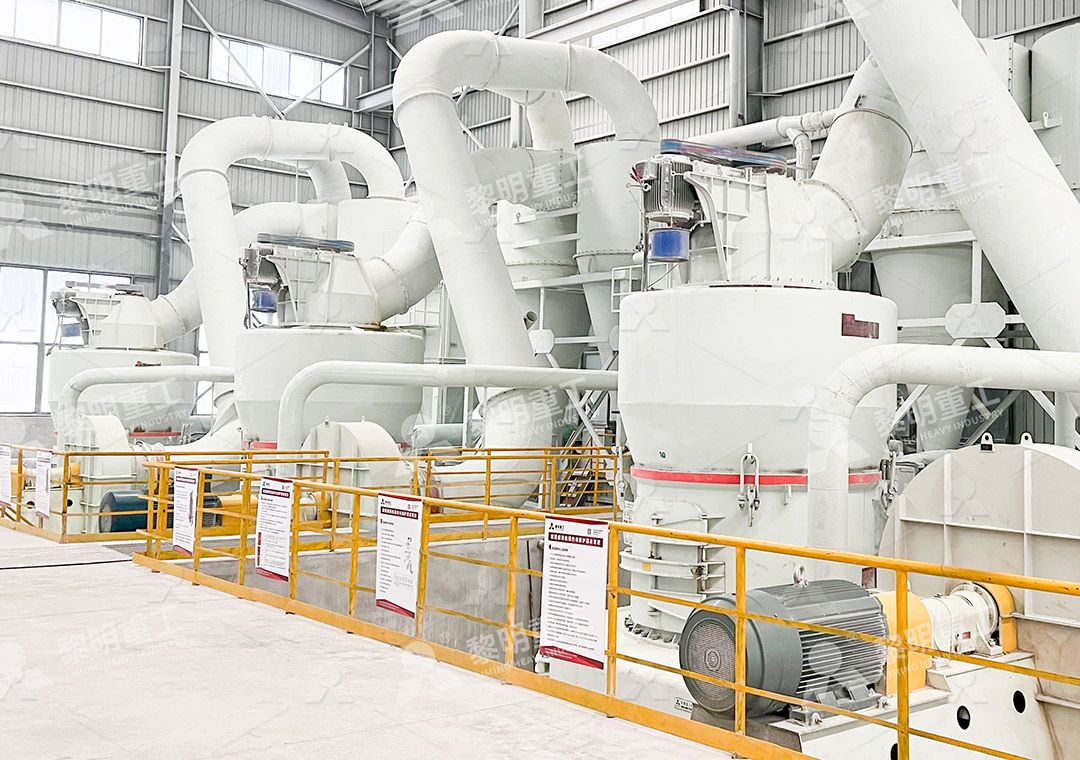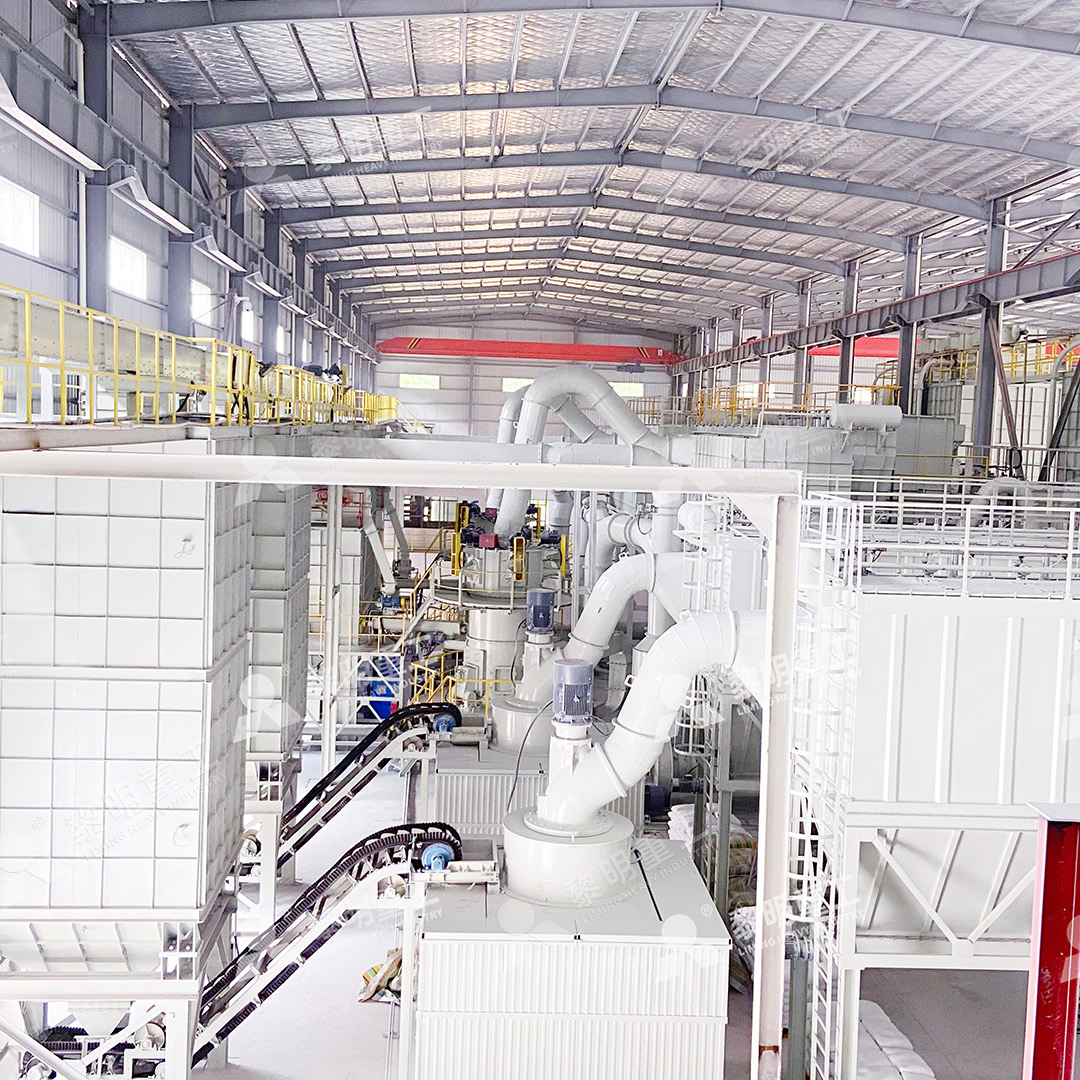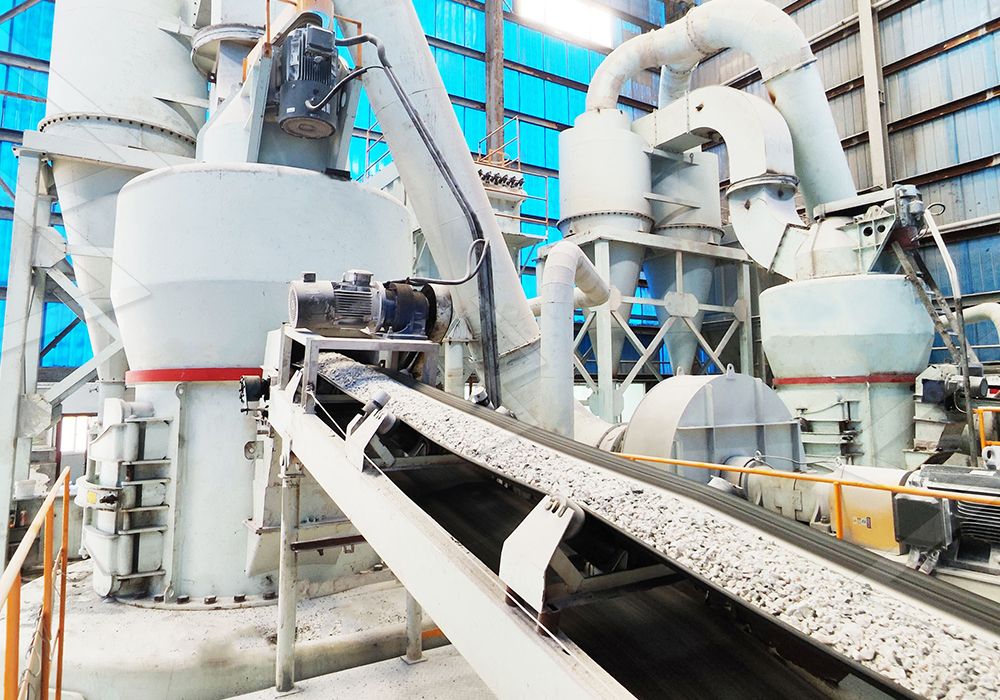Raymond Mill Production Capacity and Output Specifications
Understanding Raymond Mill Production Capacity
When selecting industrial grinding equipment, production capacity stands as one of the most critical factors influencing operational efficiency and profitability. Raymond Mill, a cornerstone in powder processing for decades, continues to evolve with technological advancements that enhance its output capabilities while maintaining reliability.

The traditional Raymond Mill configuration typically handles input sizes below 25mm with production capacities ranging from 0.6 to 5 tons per hour. This makes it particularly suitable for small to medium-scale operations where consistent, fine powder production is required. The machine’s straightforward design principle—where materials are ground between rollers and rings—has proven remarkably effective across numerous industries including cement, coal power plant desulfurization, metallurgy, and ceramics.
Factors Influencing Actual Output
Several variables impact the real-world production capacity of any grinding mill. Material hardness remains the primary determinant—softer substances like calcite and gypsum naturally yield higher throughput compared to harder minerals. Moisture content presents another crucial consideration, as excessive dampness can lead to clogging and reduced efficiency. Additionally, the desired fineness of the final product directly affects output rates, with finer powders requiring more grinding time and consequently lowering hourly production.
Operational practices also significantly influence performance. Proper maintenance of grinding elements, optimal feed rate control, and correct air flow management all contribute to maximizing the equipment’s inherent capabilities. Neglecting these aspects can result in production figures falling substantially below theoretical maximums.
Modern Alternatives for Enhanced Performance
While traditional Raymond Mills serve many applications effectively, operations requiring higher throughput or ultra-fine powders often benefit from more advanced grinding technologies. Among these, our MW Ultrafine Grinding Mill represents a significant leap forward in grinding efficiency.

The MW Series handles input sizes up to 20mm with impressive production capacities ranging from 0.5 to 25 tph—substantially exceeding traditional Raymond Mill outputs. What truly distinguishes this equipment is its ability to produce powders with fineness between 325-2500 meshes while consuming approximately 30% less energy compared to jet mills. The innovative design eliminates rolling bearings and screws within the grinding chamber, addressing common failure points that plague conventional mills.
For operations seeking vertical grinding solutions, our LUM Ultrafine Vertical Grinding Mill offers another compelling option. With input sizes up to 10mm and capacity between 5-18 tph, this mill integrates the latest grinding roller technology from Taiwan with German powder separation expertise. The reversible structure simplifies maintenance procedures, while multi-head powder separating technology enables precise control over final product specifications.
Selecting the Right Equipment
Choosing between traditional Raymond Mills and more advanced alternatives depends on specific operational requirements. Facilities prioritizing proven reliability, lower initial investment, and straightforward operation for standard applications may find traditional Raymond Mills perfectly adequate. However, operations demanding higher production rates, superior energy efficiency, or ultra-fine powder production should strongly consider the advanced features of the MW or LUM series mills.
The economic analysis should extend beyond purchase price to include operational costs, maintenance requirements, and potential production increases. In many cases, the higher efficiency of advanced mills translates to faster return on investment despite higher initial capital outlay.

Frequently Asked Questions
What is the typical production range for a standard Raymond Mill?
Traditional Raymond Mills generally offer production capacities between 0.6-5 tons per hour, depending on material characteristics and desired fineness.
How does the MW Ultrafine Grinding Mill achieve higher production rates?
The MW Series incorporates newly designed grinding curves for rollers and rings, enhancing grinding efficiency to deliver up to 40% higher production capacity compared to jet mills with the same power consumption.
Can these mills handle abrasive materials effectively?
Yes, both Raymond Mills and our advanced MW/LUM series utilize wear-resistant alloys for grinding components, though material-specific considerations should be discussed with our technical team.
What maintenance advantages do modern designs offer?
Advanced mills like our MW Series eliminate internal rolling bearings and screws—common failure points—while the LUM Series features reversible structures that facilitate easier access for maintenance.
How important is particle size distribution control?
Extremely important for many applications. Our MW Ultrafine Grinding Mill provides exceptional control with adjustable fineness between 325-2500 meshes and screening rates achieving d97≤5μm in a single pass.
